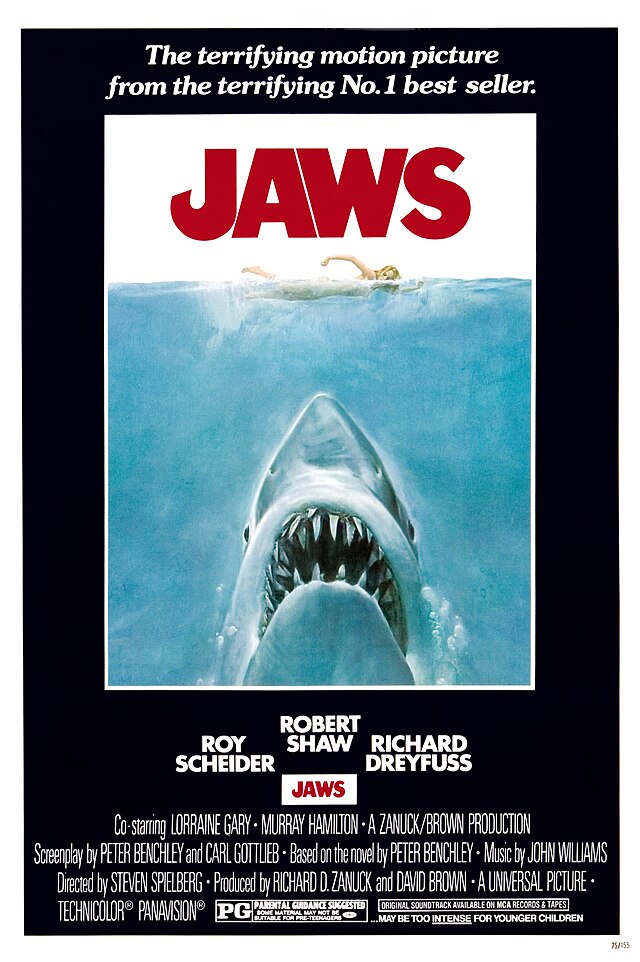“The Exorcist” (1973) is a classic that has cemented itself in cinema history as not just one of the most famous horror films, but also one of the most famous movies to ever exist. Its influences on pop culture still echo today: even if you have never seen it, you have probably still heard its haunting musical theme or watched a parody of it on TV.
Of course, like the vast majority of horror movies, it has had its fair share of sequels, but the last one, “Dominion: Prequel to the Exorcist,” came out in 2005. That is not to say “Believer” was welcomed: as noted by Jacob Dressler on ScreenGeek, “…some fans of the original film are outright enraged that a reboot of ‘The Exorcist’ would even be considered, much less developed. Because of this, some fans have created a petition against the development of Morgan Creek’s reboot of ‘The Exorcist.’” Despite this attempt, the film was made, and on October 6, 2023, “The Exorcist: Believer” was released.
The actual production quality of “The Exorcist: Believer” is good. The CGI is barely noticeable, and the camerawork is strong. The lead actor, Leslie Odom Jr., gives a great performance as the concerned father Victor Fielding. Lidya Jewett and Olivia O’Neill also are wonderful in their roles as Angela Fielding and Katherine respectively. Child actors are often known for being either too comically over the top or completely devoid of emotion, but these two young leads did not only a great job as middle school girls but also as terrifying demons.
But, when it comes to the rest of the cast, the acting leaves a lot to be desired. Ellen Burstyn returns from the original movie as the mother of Regan, the girl who became possessed. She was heavily featured in the marketing but is incapacitated early on, which could be disappointing to fans of the first movie. A few other characters were also introduced as protagonists, but the time we focus on them feels wasted. Ann, for example, becomes entangled in the situation when the demon frightens her with her past. We spend little time with her compared to the rest of the cast, and this scene could have been with a character we cared more about like Victor or Katherine’s parents.
The most disappointing part of “The Exorcist: Believer” is the demons themselves. In the original movie, the demon was a talkative character who taunted the protagonists violently and explicitly. This choice to have the demon curse and make overtly sexual gestures, among other things, was a deliberate choice based on the era “The Exorcist” was made. The 70s had a more conservative culture. Things like swearing and sexual violence had a bigger impact on an audience than they do now. Using these “shock value” elements made the movie not only famous but infamous. That infamy is what caused it to spread across American cinemas and later cement it into a classic. A more modern audience is less offended by this kind of vulgarity, which is probably why instead of making it more offensive, they made the demons more subtly intimidating. However, watching two sickly-looking girls stare daggers at the screen is not really on the same level as Regan viciously mutilating herself with a cross. The modern demons also suffer from a sort of “edge lord effect,” trying to appear as evil as possible without stopping to enjoy the suffering they’re causing. Why even go through all the trouble of possessing some girl if you do not stop to smell the proverbial roses?
There is a moment in many movies when the tension rises and the music begins to grow louder and louder so that you can finally hear it: the theme song. When the theme song starts playing in the movie, it’s like the embrace of an old friend. In the 2018 “Halloween” reboot, for example, it felt powerful and sentimental. In “The Exorcist: Believer,” though, it is less like a revival and more like a reference and, frankly, the rest of the movie feels like a reference too.




